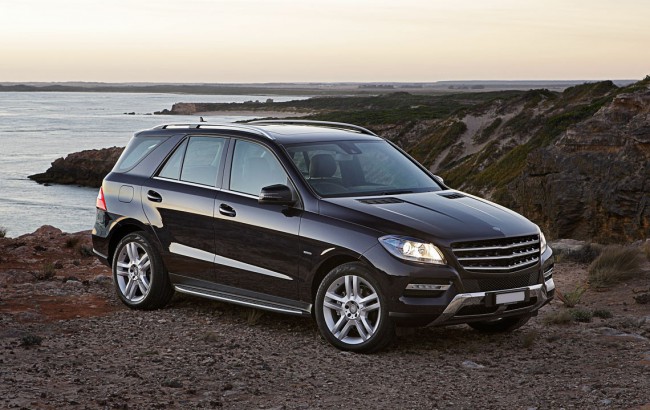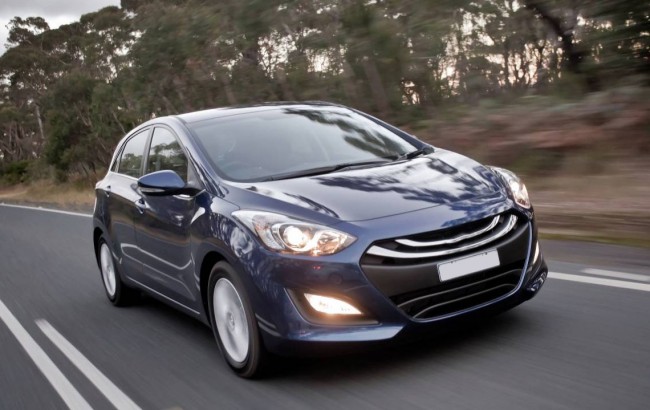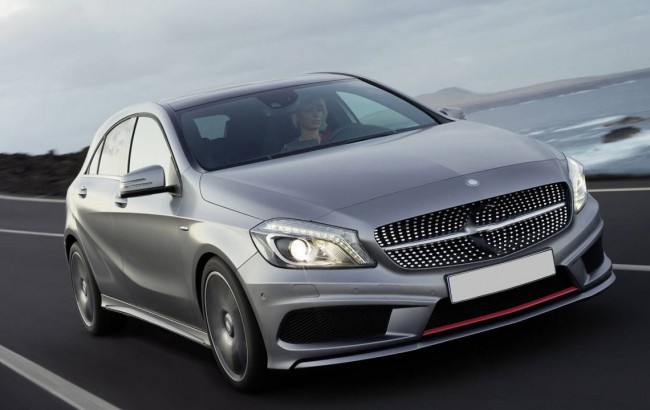Understanding Incentives and Rebates in New Car Deals
Understanding Incentives and Rebates in New Car Deals

When you buy a car, there is a lot that goes into the price.
What are “factory to dealer incentives?” How can your dealership offer you a “rebate?” When you go car shopping, you will quickly find dealers hyping these as huge deals you would be a fool not to leverage. Are they? Here is the real deal on rebates, incentives, and other limited-time offers.
What Is A Factory-to-Dealer Incentive?
On paper, a factory-to-dealer incentive is what it sounds like, namely, a financial sweetener for the dealership to buy more cars from the factory. In theory, some of this incentive is passed on to the customer, driving down the overall price of the car. They are usually offered for one of two reasons: to bolster customer loyalty or otherwise lure customers towards the brand, and to increase sales of a car that is not flying off the lot. As new model years approach, in particular, incentives will start to pop up.
The latter is a particularly important situation because the cars on a dealer’s lot have been bought and paid for. It is hard and expensive to “return” a car, and rather than eat the thousands of dollars in losses per car, manufacturers would rather give dealers some money to cut the price and get the cars sold. For consumers, this might be a good deal.On the other hand, there might be a reason why the cars have not thrilled buyers straight out of the gate.
Beyond those incentives, there are other incentives and rebates as well. Military veterans, first-time buyers, recent college graduates, and other specific groups will have special incentives. These incentives all take a number of forms, ranging from cash rebates (called “customer cash”) to lower APRs on financing. So the question becomes, how useful are these incentives to you?

There is more to your car’s price than the one you shake on.
When To Use Incentives
First of all, unless you have an extremely tight budget, no incentive should be the only factor on which car you buy. Always test drive cars before buying them. Similarly, you should get financing quotes from outside the dealership to get a better perspective on just how good the incentive APRs might be, and whether you can get better financing on a car elsewhere. Most dealerships only work with one or two financial institutions, so the incentives might not offset the lack of selection.
Another downside is that incentives can vary widely from vehicle to vehicle. Two different types of vehicle from the same company can have very different incentives. So, to properly research them, you will need to drill down to specific vehicles you want.
That said, once you have that in mind, incentives and rebates can be a useful “tiebreaker” of sorts. If you like two cars equally, and you can get better incentives (and thus a lower overall cost) on one, that should be the one you buy. It is also good to be aware of incentives when discussing price; if you know the dealer is getting “dealer cash”, you can be more aggressive on the price you are offering. Do not get greedy, of course, but if you know they are getting a thousand dollars a car, there is no reason they cannot pass a few hundred on to you.
With rebates and dealer incentives, it is best to have all the information before you decide what the right option is for you, so go with the best research from CarFoundMe.


